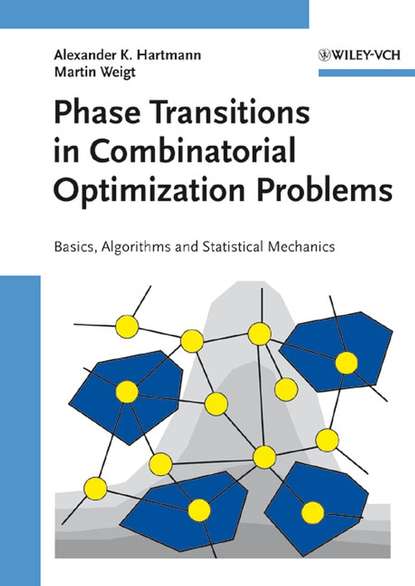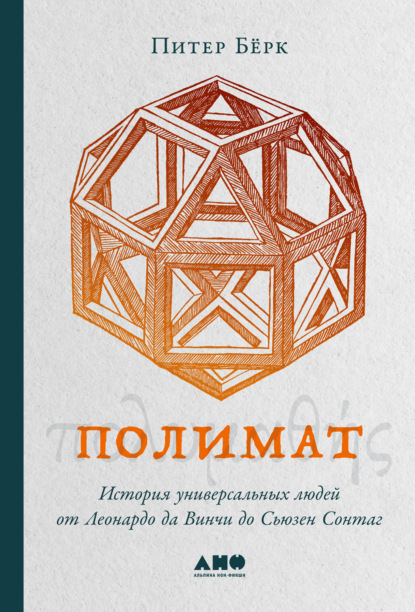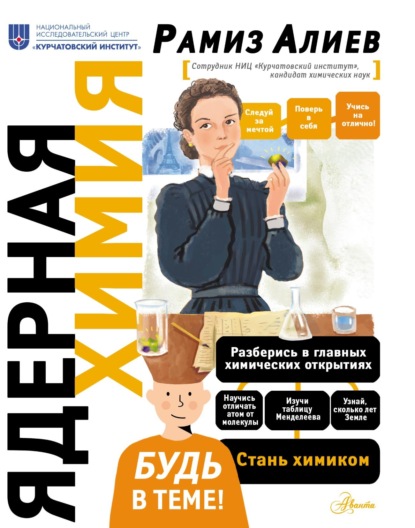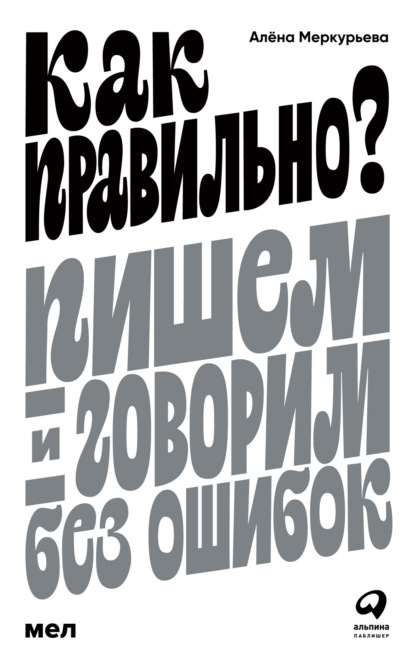Эта книга представляет собой краткое и емкое введение в тему статистической физики комбинаторной оптимизации. В ней объединены теоретические концепции и алгоритмы из информатики с аналитическими методами из физики. Такой подход позволяет преодолеть разрыв между статистической физикой и комбинаторной оптимизацией, рассматривая задачи теоретической информатики, такие как задача о вершинном покрытии, с помощью понятий и методов теоретической физики.
Авторы освещают быстроразвивающиеся аналитические методы, которые одновременно чрезвычайно сложны и распространяются в основном устно. При этом они дают все необходимые базовые сведения в требуемой детализации. На протяжении всей книги алгоритмы иллюстрируются примерами и вычислениями, а доказательства приводятся в форме, доступной для аспирантов, постдоков и исследователей.
Эта книга идеально подходит для новичков в этой молодой междисциплинарной области.
The volume brings together existing theoretical concepts and tools for analysis from computer sciences and mathematical physics with various combinatorial-optimization problems. All the intricate analytical methods related to these two fields are presented in detail and discussion is extended through applications.
Электронная Книга «Phase Transitions in Combinatorial Optimization Problems» написана автором Martin Weigt в году.
Минимальный возраст читателя: 0
Язык: Английский
ISBN: 9783527606863
Описание книги от Martin Weigt
A concise, comprehensive introduction to the topic of statistical physics of combinatorial optimization, bringing together theoretical concepts and algorithms from computer science with analytical methods from physics. The result bridges the gap between statistical physics and combinatorial optimization, investigating problems taken from theoretical computing, such as the vertex-cover problem, with the concepts and methods of theoretical physics. The authors cover rapid developments and analytical methods that are both extremely complex and spread by word-of-mouth, providing all the necessary basics in required detail. Throughout, the algorithms are shown with examples and calculations, while the proofs are given in a way suitable for graduate students, post-docs, and researchers. Ideal for newcomers to this young, multidisciplinary field.



















